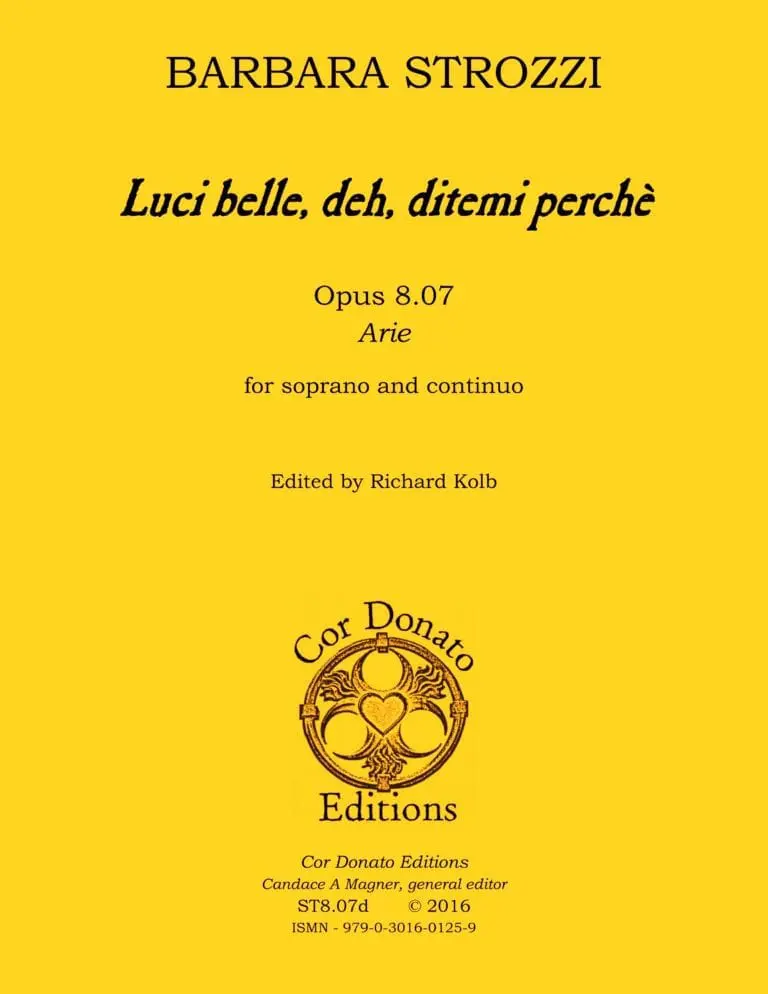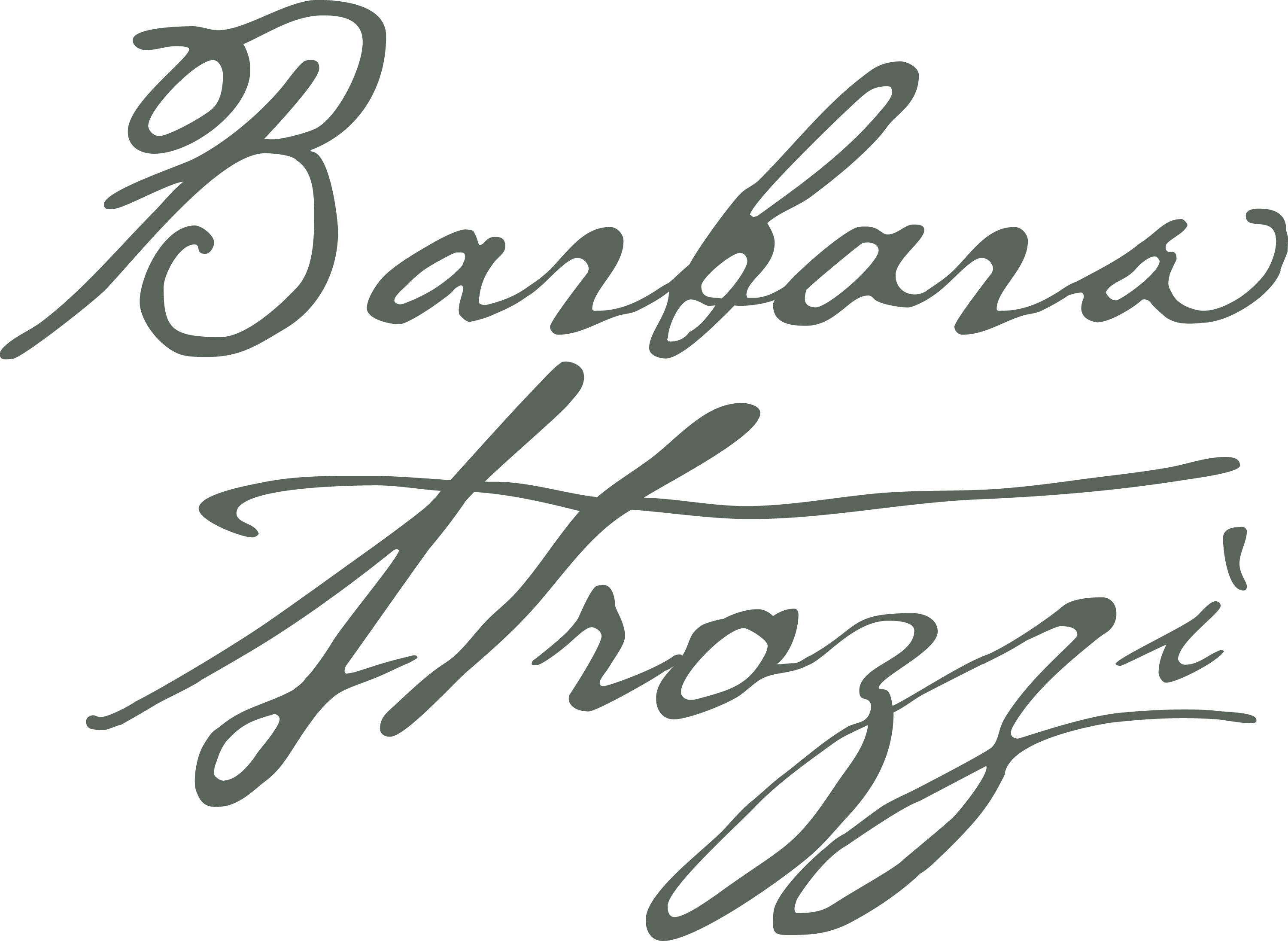✤ View another piece from this Opus / Collection →
Luci belle, deh, ditemi perchè
Original Language: Italian
Luci belle, deh, ditemi perché
Sempre altere e dispietate
Vi mostrate,
Non curando amor e fè.
Formò Fallari tiranno
Contro i rei fiero istromento,
Pur alfin nell'empio inganno
Breve morte era il tormento.
Io solo, ahi lasso, per più cruda sorte,
Con perpetuo penar provo la morte.
Hor voi arbitre siate al mio dolore,
Se nel regno d'amore
Più infelice amator vi sia di me.
Luci belle...
Là nel regno de' tormenti,
Dolce suon d'Ismaria cetra
Sin da Cerberi frementi
Pure alfin pietade impetra.
Io, fatto esempio a' sfortunati amanti,
Spargo invano sospir, accenti e pianti.
Hor dunque al mio pregar sorde e rubelle,
Ho da dir, crude stelle,
Che nel ciel di beltà pietà non v'è.
Luci belle...
Poet:
English
Beautiful eyes
Beautiful eyes, oh, tell my why
you always seem
contemptuous and merciless,
unmindful of love and devotion.
Phalaris* the tyrant invented
a fierce instrument for culprits,
but in merciless deceit
the torment ended in swift death.
I alone, alas, by a more cruel fate
die in perpetual pain.
Judge my suffering:
in the kingdom of love is there
a more unhappy lover?
Beautiful eyes...
There in the kingdom of torments
the sweet sound of Orpheus' lyre
silences the howling of Cerberus**
until at last compassion reigns.
I, made an example for ill-starred lovers,
scatter sighs, plaints, and tears in vain.
Since you remain deaf and resistant to my pleading,
I must say, cruel eyes, that in the
heavenly realm of beauty there is no compassion.
Beautiful eyes...
Translated by:
Richard Kolb
*Phalaris of Acragas (570-554 b.c.) was a Sicilian tyrant, believed to have killed his victims by roasting them alive inside a bronze bull. Mentioned by Aristotle as the prototype of an evil dictator.
**Ismaria = Thrace, birthplace of Orpheus. Cerberus: three-headed dog/monster in Greek mythology.
Find the score...

Luci belle, deh, ditemi perchè?
Published by Cor Donato Editions in historically correct modern transcription, including critical introductory notes on the work, editorial procedures, original texts with new English translations, and other contextual information about the piece.
Now available at CorDonatoEditions.com!
Purchase score →




